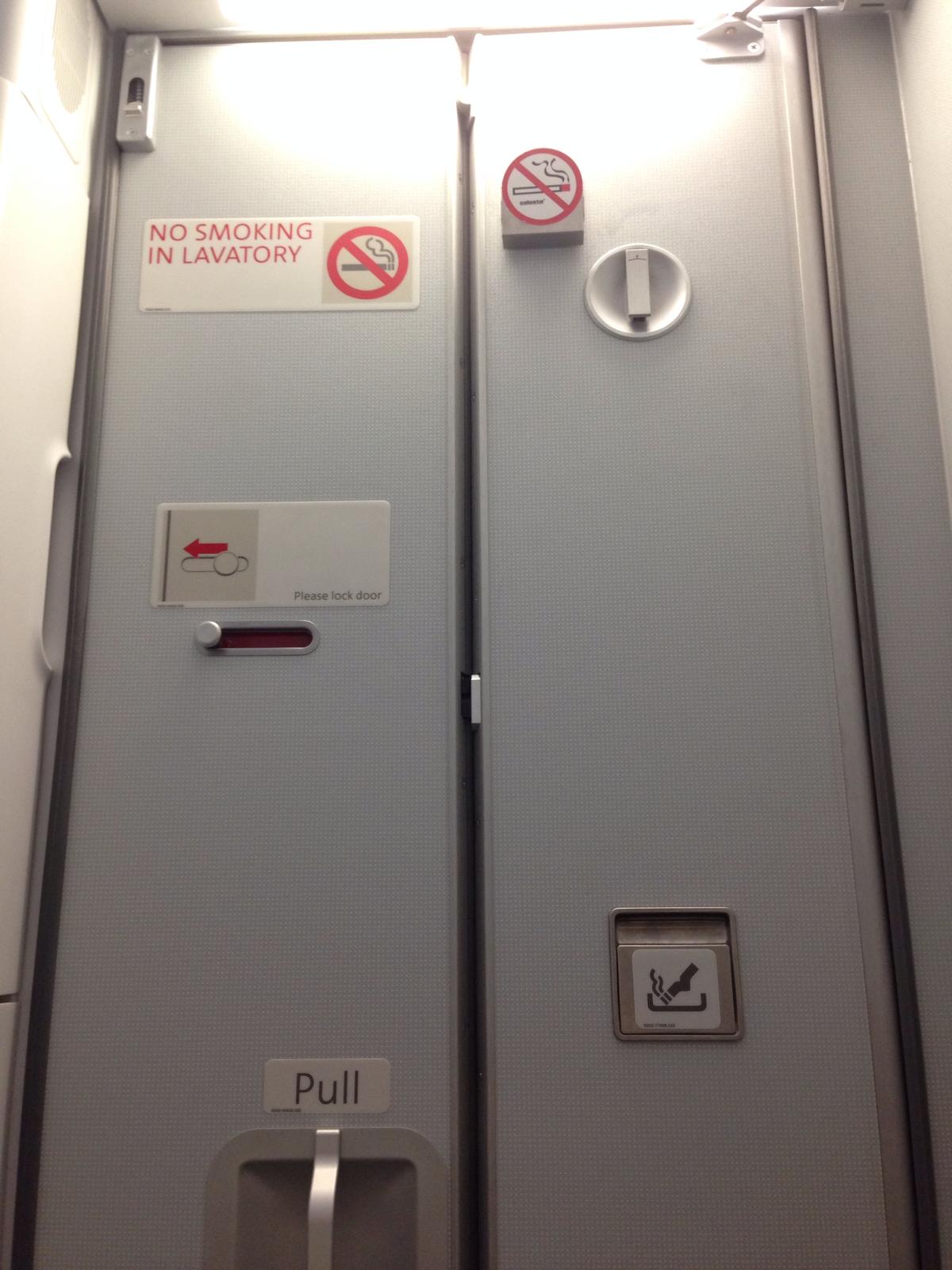If you’re a frequent flier, or a curious flier, you’ve probably pondered some if not all of these questions:
Why are there ashtrays on nonsmoking flights? Why do we have to open the window shades and put our seats upright during takeoff and landing? What does “cross-check” mean? Why do flight attendants insist we turn off the Wi-Fi on our devices when so many people forget and nothing bad ever happens?
There are rational explanations for each and every one of these mysteries of flying—however odd some of those explanations may sound. here are five mysteries of flying explained.
1. Ashtrays in the Lavatory

Cindy Drukier/Epoch Times






